Chicago is one of the most affluent cities in the United States. With an average household income of over $63,000, the city is home to many of the nation’s wealthiest households. But the wealth isn’t confined to the city limits. The surrounding suburban area is also home to some of the wealthiest suburbs in the country.
In this article, we’ll take a look at the 10 wealthiest Chicago suburbs based on average household income. From North Shore communities to southwestern suburbs, these towns offer residents the opportunity to live in luxury.
With amenities like private school systems, parks, and country clubs, it’s no wonder these towns are some of the most sought-after addresses in the Chicagoland area.
Whether you’re considering relocating to the area or simply curious about where the wealthiest families live, this list will give you an inside look into the most affluent suburbs of Chicago.
10. Oak Brook
Area: 21.49 sq. km.
Elevation: 202 m.
Total Population: 8,219 (2022)
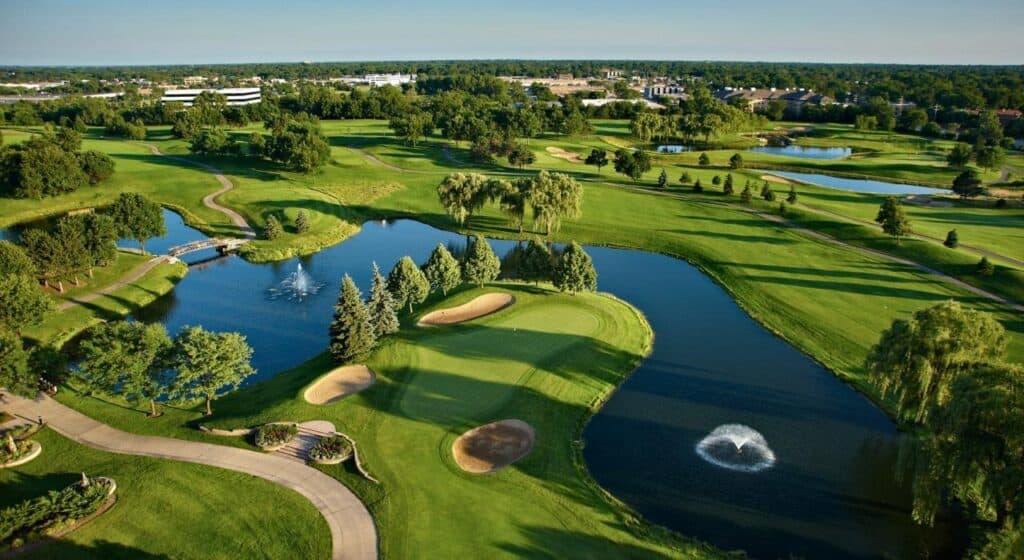
Oak Brook is a suburb that’s home to many affluent families and businesses. Oak Brook has several parks and recreation areas that are open year-round, including the Oak Brook Park District’s Forest Glen Park, which features an outdoor skating rink in the winter and a full-size basketball court in the summer. It grew out of a small farming community in the late 1800s.
It was incorporated as an official city in 1899 and became an important industrial hub around World War II. In the 1950s, Oak Brook experienced an economic boom as companies like Motorola moved their headquarters there.
Today, Oak Brook is still one of the most affluent areas in Illinois but also one of the fastest-growing suburbs in the state, with a population increase of over 15% since 2010.
Did You Know?
The suburb has easy access to several major highways, including Interstate 294 (Blue Island Road), Interstate 90 (Elmhurst Road), and Interstate 55 (Cook Road).
9. Wilmette
Area: 14.01 sq. km.
Elevation: 194 m.
Total Population: 28,386 (2022)
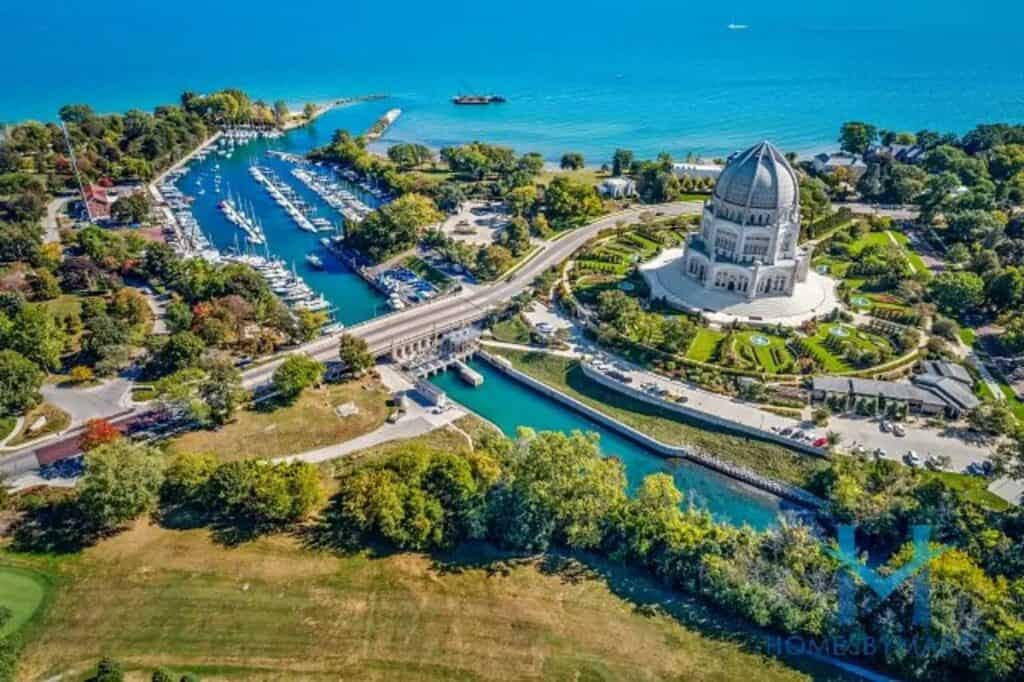
Wilmette, Illinois, is a suburb of Chicago in Cook County. It is located on the North Shore of Lake Michigan. The suburb was founded in 1875 by German settlers, who named it after their home village in Germany. It was formerly known as “Wilmette Park,” but on July 1, 2007, the village changed its name to “Wilmette” as part of a deal with Chicago Public Schools to rename the district.
Two schools serve Wilmette: Wilmette School District 301 and Wilmette High School District 301 (which serves grades 9-12). The public school district covers all areas except for parts of Glenview and Northbrook townships.
However, many families choose private schools because they believe their children’s education will be better served by private institutions over public ones because they are more expensive than public schools.
Did You Know?
The population of Wilmette peaked at 40,000 in 1950 before declining due to suburbanization and urban sprawl over time.
8. Western Springs
Area: 7.21 sq. km.
Elevation: 205 m.
Total Population: 13,370 (2022)
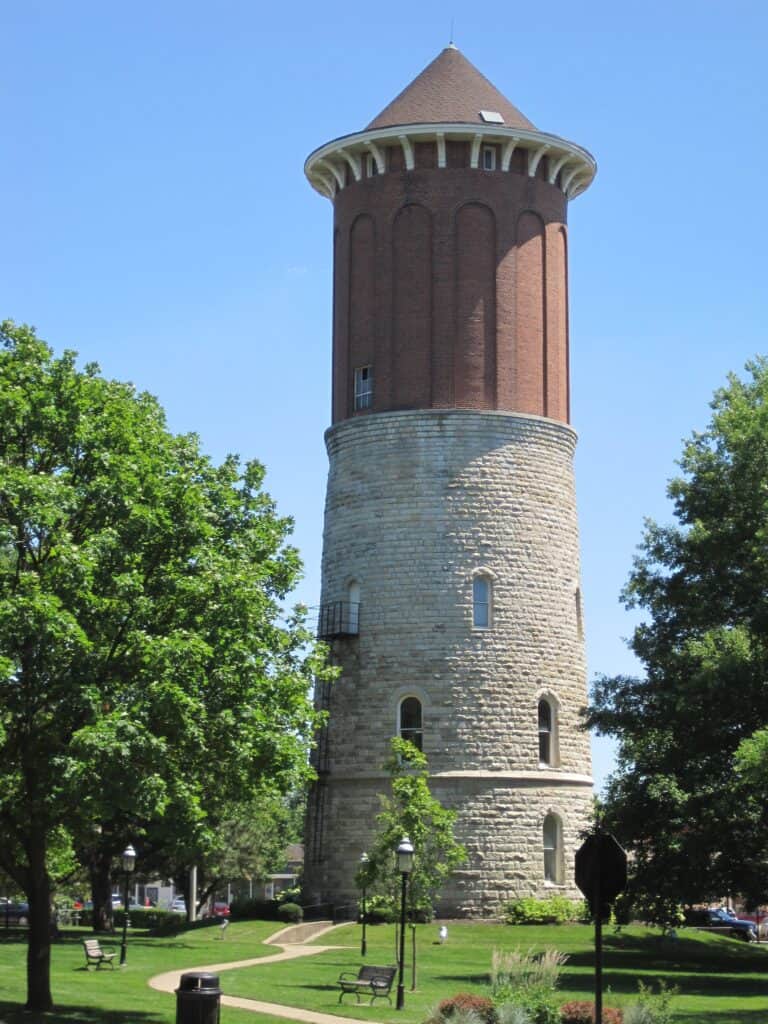
Western Springs is a suburb of Chicago, Illinois. It was founded in 1858 and was originally known as “Western Addition,” which refers to the area’s proximity to the city’s western limits. There are several golf courses in the area that allow residents to enjoy the sport while they relax during their free time after work or school during the weekdays.
The main industry in Western Springs is manufacturing. Many companies have factories in this area, including Deere & Company, which makes tractors and other agricultural equipment; J.B. Hunt Transport Services; and United Rentals, which provides rental equipment.
Did You Know?
The center of this community is a historic district, which includes many Victorian-era homes.
7. Inverness
Area: 17.33 sq. km.
Elevation: 258 m.
Total Population: 7,660 (2022)
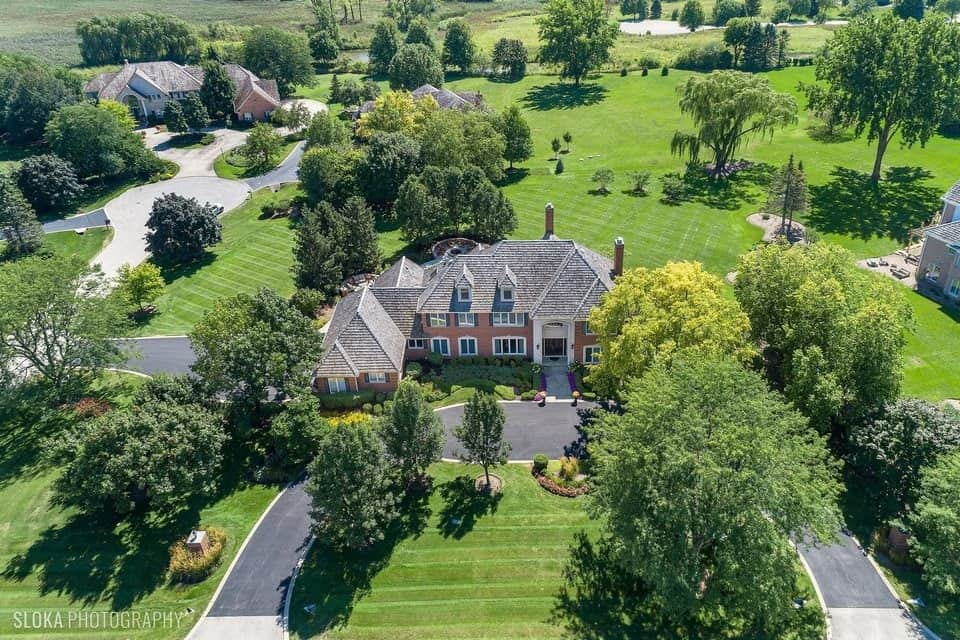
Inverness, Illinois, is a suburb located in the state of Illinois. It is the county seat of Cook County and was named after Queen Victoria’s husband, Prince Albert.
The Inverness Historic District is one of the oldest neighborhoods in Chicago. It is located on Lake Avenue between Mayfair Park to the east and the Chicago Botanic Garden to the west.
The district contains numerous examples of Italianate architecture, including homes built between 1859 and 1896. The neighborhood includes several churches, commercial buildings, and other historical structures that were originally built for prominent Chicagoans during the late 19th century.
Did You Know?
The suburb’s location on the border with Wisconsin makes it an important trading hub for goods and services.
6. Glencoe
Area: 9.79 sq. km.
Elevation: 210 m.
Total Population: 8,849 (2020)
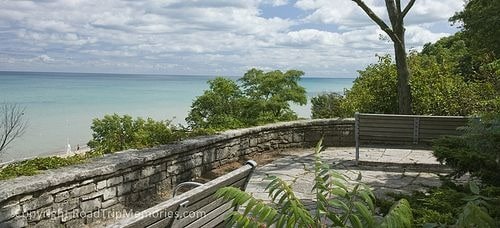
Glencoe, Illinois, is home to the prestigious Glencoe-Silver Lake Public Library. The library was built in 1869 and was added to the National Register of Historic Places in 1973. In fact, it is one of only two places in the world that has an official tree preservation ordinance.
The suburb is located on a bluff overlooking Lake Michigan and is noted for its historic architecture and parks.
In the early 20th century, Glencoe was known as a resort town because of its proximity to Lake Geneva and the surrounding area’s natural beauty. It became an important stop for many travelers during this time period as well, especially during holidays like Christmas and Easter when many people would come to spend time in what was then considered a remote location.
Did You Know?
The town’s history is marked by the Glencoe Fire of 1871, which destroyed much of the city and killed at least 200 people.
5. Hinsdale
Area: 12.07 sq. km.
Elevation: 232 m.
Total Population: 17,511 (2022)
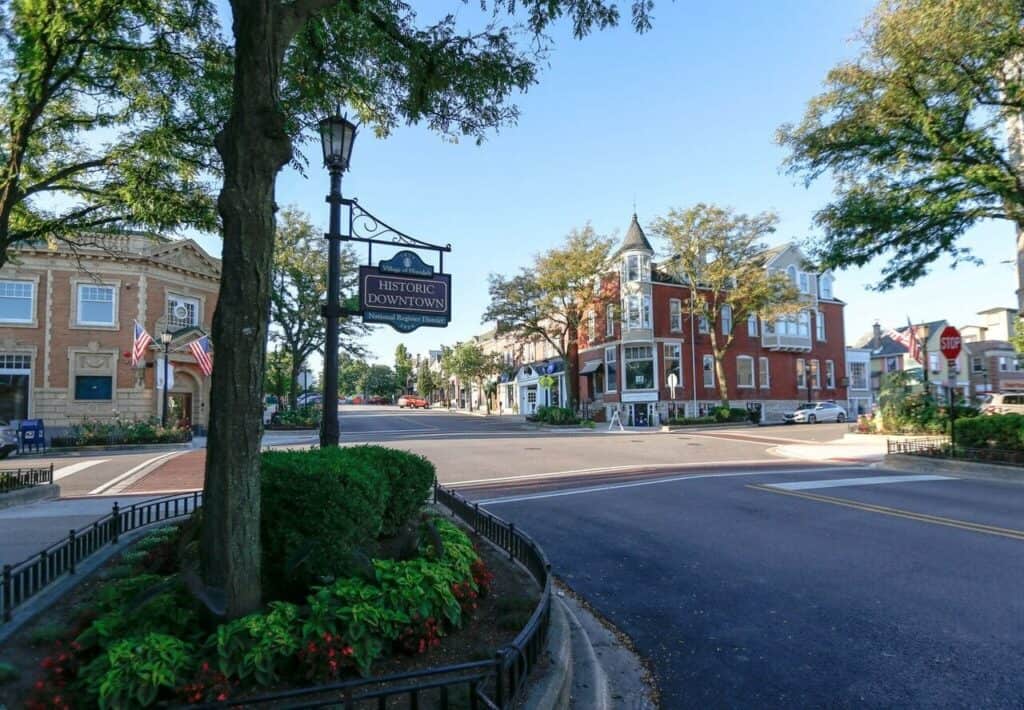
Hinsdale, Illinois, was founded in 1832 and is located in the heart of the dynamic Chicago metropolitan area. The suburb is bordered by Lake Michigan on the east, Cook County on the south, Skokie on the west, and Lyons Township on the north.
Hinsdale is also home to several parks, including Forest Preserve District of Cook County’s Glenbrook North Forest Preserve, which features hiking trails along with picnic facilities and sports fields for residents to use year-round!
The suburb has many different neighborhoods, including Hinsdale Village, Hinsdale Highlands, Hinsdale Village Park, and Glenbrook North. These neighborhoods are all unique in their own way and offer residents a variety of housing options.
For example, there are single-family homes and duplexes in Hinsdale Village, while there are townhouses throughout Glenbrook North.
Did You Know?
There are several historic sites, such as Saint Solanus Catholic Church which was built around 1850 in Hinsdale.
4. Hawthorn Woods
Area: 3.95 sq. km.
Elevation: 244 m.
Total Population: 9,211 (2021)
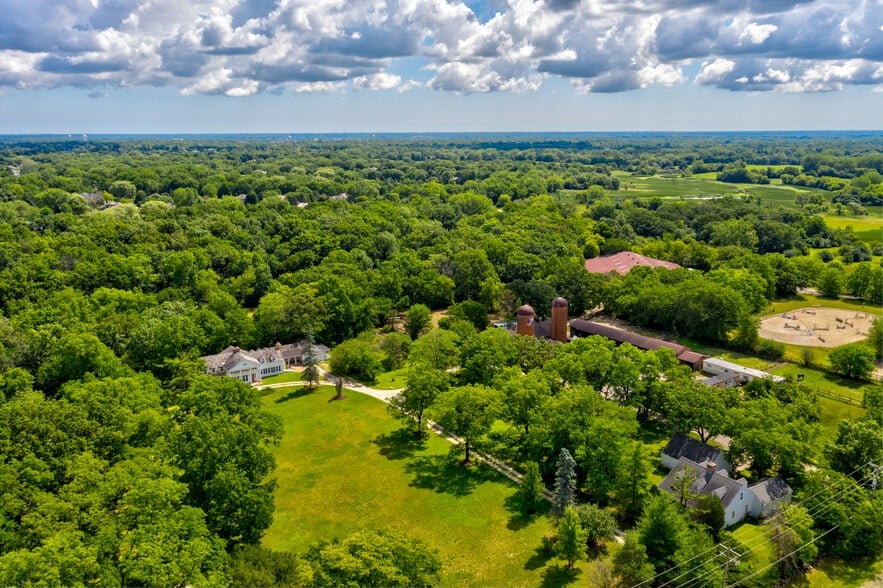
Hawthorn Woods is a suburb of Chicago, Illinois. Most of the area’s residents are white, and they tend to be older than the national average. There are a few small pockets of African-Americans in the area, but they largely live on the south side of town. Hawthorn Woods is located in Cook County.
The city is known for its beautiful parks and historical buildings, including the old Hawthorn Woods School District Administration Building and the Hawthorn Woods City Hall. It also has many recreational areas, including a public golf course, several community centers, and four public swimming pools.
The city’s school district includes six elementary schools, three middle schools, and one high school.
Did You Know?
The area is home to many notable residents, including President Barack Obama, who served as a member of the Illinois Senate from 1997 to 2004 and then as a U.S. senator from 2005 to 2008.
3. Long Grove
Area: 32.65 sq. km.
Elevation: 223 m.
Total Population: 8,308 (2022)
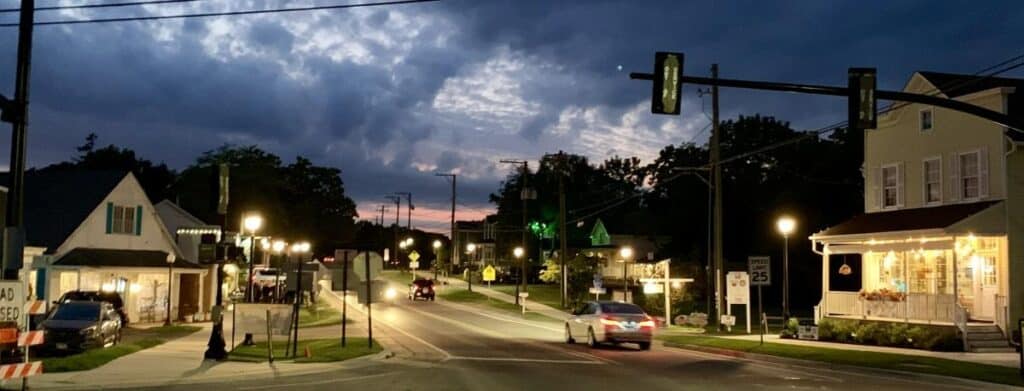
Long Grove is a suburb of Chicago. It is located in Cook County, Illinois. It is home to several businesses, including a local hospital, an office building, and several churches. It also has a large shopping center that includes stores such as Target, Best Buy, and Office Depot.
Long Grove was founded in the mid-1800s as an agricultural community near Lake Michigan. It wasn’t until the late 1950s that its name was changed to reflect its new role as a suburb. The Long Grove Historical Society has been working since the 1940s to preserve and restore historic buildings in Long Grove.
The society’s mission is to “preserve and promote our town’s historic heritage.”
Did You Know?
The community boasts one of the largest senior living communities in the area—the Dupage Senior Living Facility is home to more than 100 independent living apartments in addition to an assisted living facility and Alzheimer’s/Memory Care Center.
2. Kenilworth
Area: 0.97 sq. km.
Elevation: 187 m.
Total Population: 2,451 (2022)
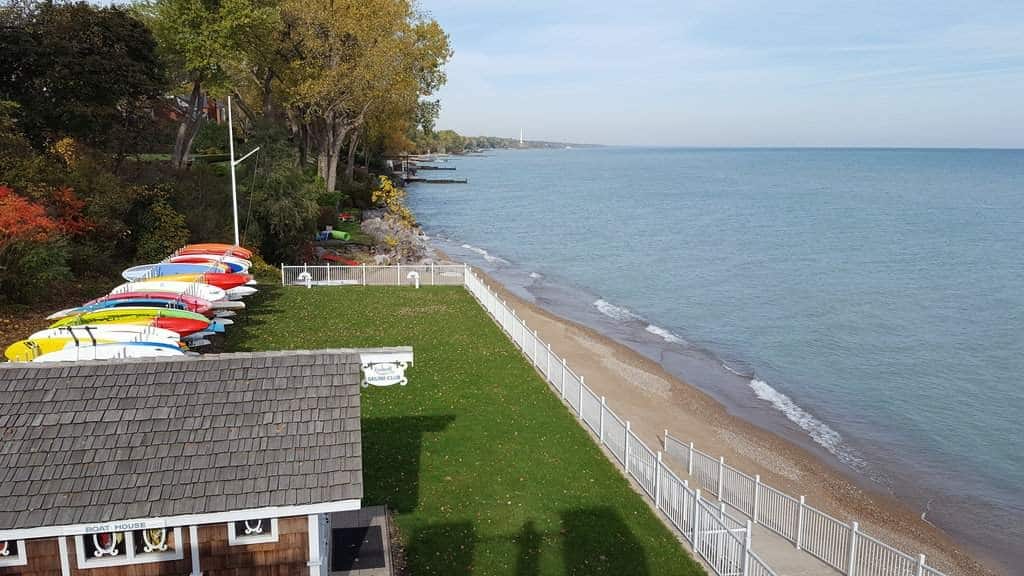
Kenilworth, Illinois, is a suburb in the south-central part of Chicago. It’s located in Cook County and covers just over 1 square mile. In addition to the usual commercial and retail businesses found in most cities, Kenilworth also has one of the largest concentrations of art galleries in the state—including a gallery called “Art at Work” that hosts rotating exhibitions by local artists.
The suburb is home to several historic structures as well: there are two cemeteries (one Catholic and one Jewish), as well as two schools that were built by Frank Lloyd Wright: The Kenilworth School (now known as The Frank Lloyd Wright School) and The Farnsworth House (which was designed by Wright).
Did You Know?
It is also home to several historic landmarks, including the Jane Addams Hull-House Museum, which houses one of Chicago’s oldest libraries.
1. Winnetka
Area: 10.1 sq. km.
Elevation: 200 m.
Total Population: 12,475 (2022)
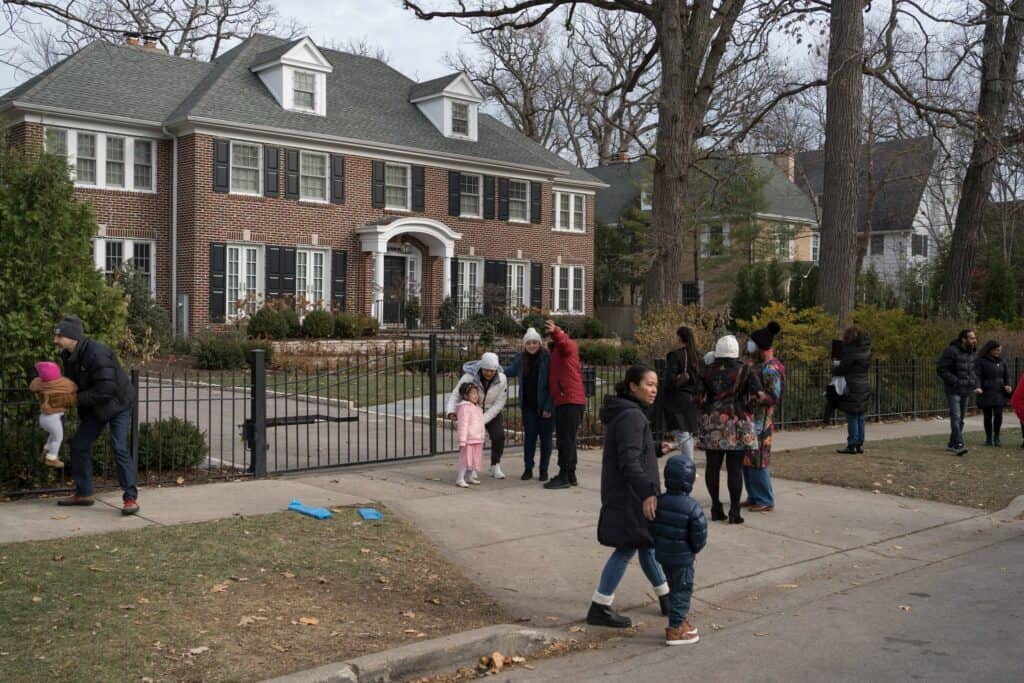
Winnetka, the wealthiest suburb in Chicago, is located in Cook County. The suburb’s name comes from the Winnebago Indian word “winneba,” meaning “place of wild celery,” which referred to the area’s abundance of wild celery (Apios americana) and other plants that were used in Native American medicine.
Winnetka was originally founded as a town named North Haverhill on March 19, 1849, and incorporated as Winnetka on May 10, 1906, by Alderman Jules Beaumont and Alderman John F. Murphy, who purchased land from former Mayor Richard T. Jacoby for $15 per acre ($8 each for front lots).
It is known for its beautiful landscape, which includes rolling hills, parks, and lakes. It is also known for its history of high-quality schools and many restaurants and shops.
Did You Know?
The suburb has been home to many notable residents in its history, including Theodore Roosevelt and his son Quentin Roosevelt.
